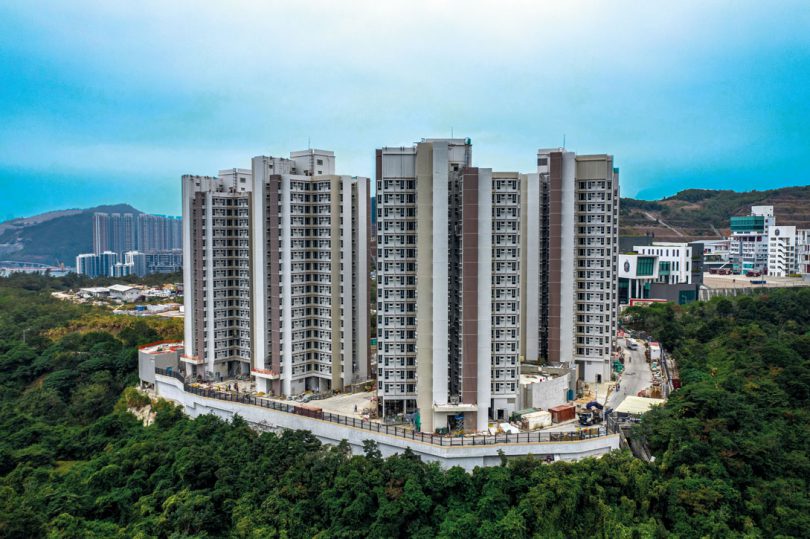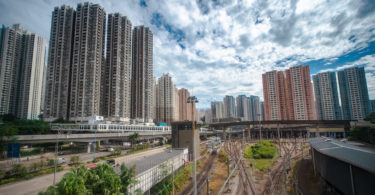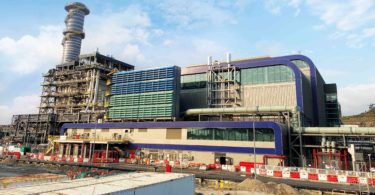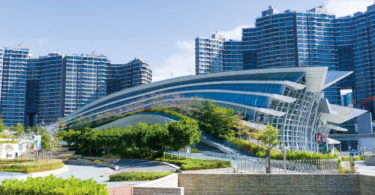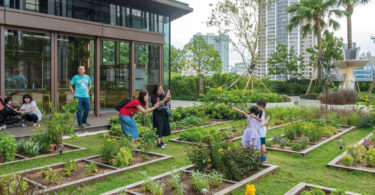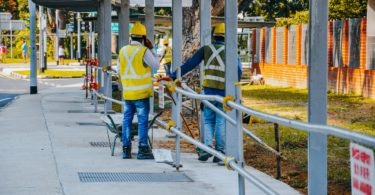By Wong Wai Lun, Michael
RIDING THROUGH THE COVID-19 STORM
Since the COVID-19 pandemic started raging around more than two years ago, Hong Kong has been going through difficult times. Our construction industry was no exception, with the unemployment rate peaking at 11.5 per cent at one time in early 2021. As an immediate relief, the Government swiftly launched the Anti-Epidemic Fund for the construction sector at over HKD6.3 billion benefitting about 500,000 construction workers, 21,000 enterprises and 1,700 employers. There were also measures to expedite implementation of public works projects and facilitate creation of more job opportunities for construction, including parallel tendering in public works and streamlining approval procedures for private works. These measures have achieved results, and the construction unemployment fell back to the pre-pandemic level.
In parallel, the Government enhanced its assistance to the industry during the fifth wave of the pandemic earlier this year, including the implementation of another round of the Employment Support Scheme to provide wage subsidies to works contractors, introduction of further advance payment for ongoing public works contracts/consultancies, as well as shouldering additional costs to arrange early arrival of critical plants, equipment and materials from overseas to facilitate timely project delivery.
Relief measures aside, much stronger support comes from the Government’s commitment to infrastructural investment and vision of achieving excellence through innovation. Riding through the storm of the pandemic, we can expect economic recovery with the Government’s continuing infrastructural investment as a key driver of the revival process to enhance people’s quality of life; support long-term development of the economy and the society; and increase Hong Kong’s competitiveness. Major infrastructural blueprints such as construction of various New Development Areas and public projects are all in the pipeline. In the last legislative session in Hong Kong, the funding for capital works projects approved by the Finance Committee of the Legislative Council reached a record high of over HKD230 billion. We also expect the annual (public capital works) expenditure to exceed HKD100 billion in the coming years and, together with private works, the annual construction output is estimated to total around HKD300 billion.
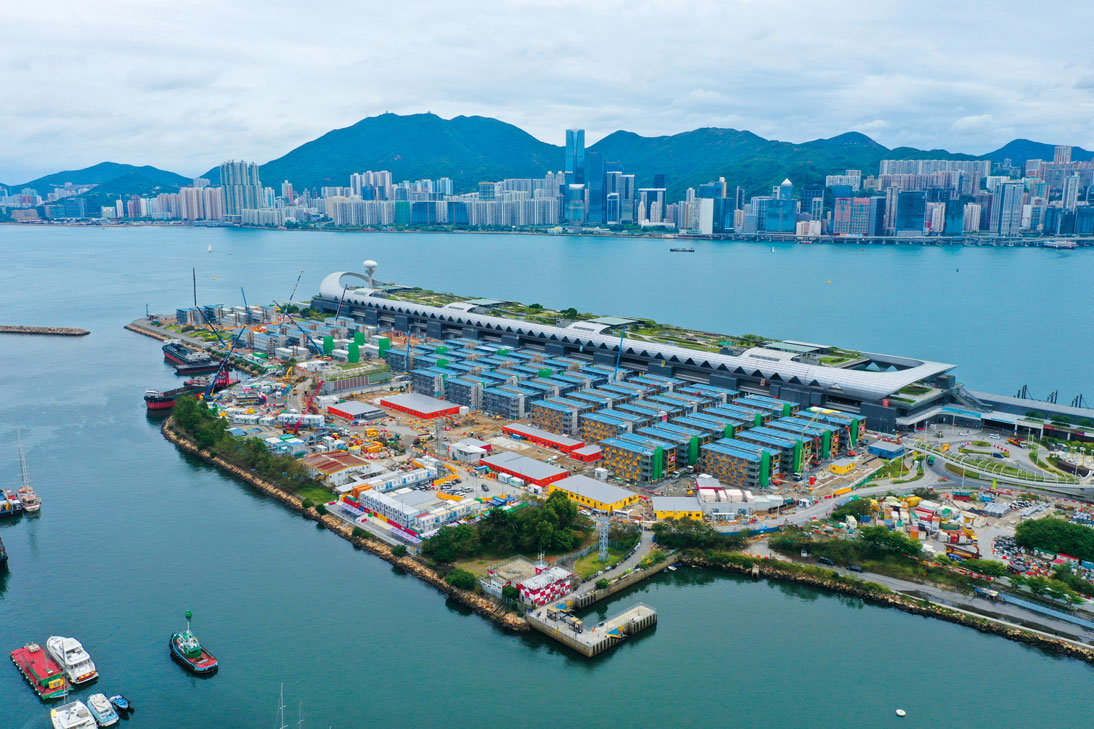
Community isolation and treatment facilities at Kai Tak
CONSTRUCTION 2.0
Along with its many achievements, the construction industry has always stayed ahead of its developmental needs. For some years before the pandemic outbreak, there was already increasing concern about the rising construction costs, declining productivity, lack of innovation and an ageing workforce. Realising that it was the time for the industry to change, the Government has initiated Construction 2.0, a game changer to strengthen and maintain Hong Kong’s established regional leadership position in construction, while enhancing the long-term growth prospects of the industry. The Development Bureau and industry stakeholders have been steadfast in spearheading Construction 2.0, steering the industry to reform by advocating innovation, professionalisation and revitalisation. And we have been making good progress.
While fighting the pandemic, the construction industry in Hong Kong has also prepared itself well in accelerating to adapt to more technology integration in the post-pandemic mode of operation.

WONG WAI LUN, MICHAEL
Secretary for Development, Hong Kong Special Administrative Region
Michael Wong joined the Administrative Service in August 1985 and rose to the rank of Administrative Officer Staff Grade A1 in April 2017. He had served in various bureaux and departments and was appointed as Permanent Secretary for Development (Planning and Lands) from August 2015 to June 2017. On 1 July 2017, he was appointed as Secretary for Development of the HKSAR to head the Development Bureau in the areas of work of planning, land and building development, and infrastructural development.
This is an excerpt. The original article is published in Construction+ Q2 2022 Issue: Technology & Innovation.
Get the print magazine or subscribe to the digital edition to read the complete article.



